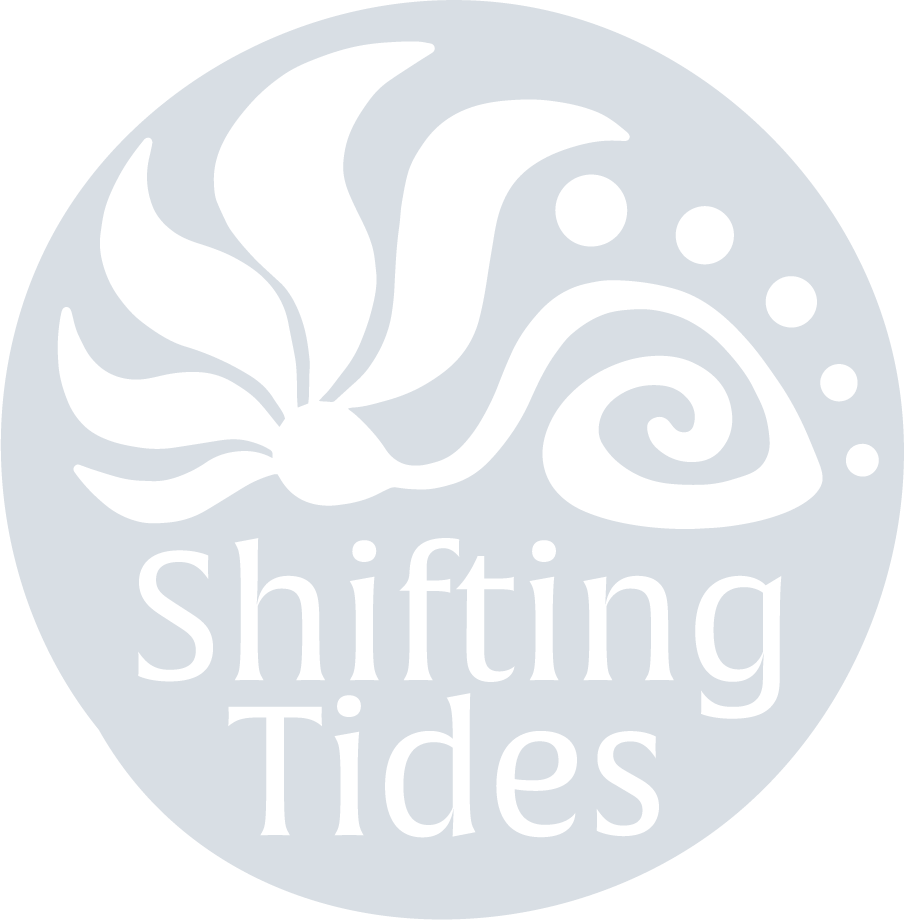Shellfish Closures Along the Entire Oregon Coast
It’s been a whirlwind of shellfish safety regulations for the past couple weeks, and a large closure of shellfish harvesting along the Oregon Coast due to shellfish poisoning! An important example of why it’s extra important to Know Before You Go Shellfish Harvesting! Being a pretty widespread and relatively rare event, I figured I’d share some info I learned from a live stream of ODFW on June 1.
Paralytic Shellfish Poisoning (PSP) is caused by saxitoxins, a marine biotoxin which is produced by dinoflagellates, a phytoplankton in our oceans. People often refer to PSP cases as “red tides” even though they do not necessarily create a red or discolored tide. PSP is different from domoic acid, which is talked about a lot on the coast, especially because we’ve seen more cases of Domoic Acid in recent years. Domoic acid is produced by a diatom rather than a dinoflagellate (just two different groups of phytoplankton, or small algae).
Agencies were caught off guard this past week because saxitoxin levels went from beng well under the closure threshold to to levels way over the threshold in just a few days. This occurred over a holiday weekend causing a large amount of poisonings, many of which resulted in hospitalizations. This was a rather rare case!
Paralytic Shellfish Poisoning cases are reported to the Oregon Health Authorities (OHA) who then report them to Oregon Department Agriculture (ODA). ODA works with the Oregon Department of Fish and Wildlife (ODFW) to make the final decision on harvesting closures, both for species and locations.
On May 26, after at least 20 cases of Paralytic Shellfish Poisoning were reported over Memorial Day Weekend, mussel harvesting was closed from Seal Rocks all the way to the Oregon/Washington border. At this point more tests were run in different locations as well as on different species of shellfish. On May 30th, results indicated that PSP was high in bay clams, oysters, mussels, and south coast razor clams. Immediately ODFW and ODA closed shellfish harvesting in greater areas.
Mussels are constantly filtering plankton out of the water, making it easier (when compared to other shellfish) for them to be affected by harmful algae blooms, though that also makes it easier for them to get rid of it when levels return to normal. Bay clams and other species in the estuaries, do not get affected as often as mussels, or require much higher levels of harmful algae blooms to be affected. In fact, this is the first time bay clams have been closed since the large outbreak in 1992, which was one of the largest closures our coast has seen. The levels we’re seeing right now are being referred to as “unprecedented levels” according to ODFW do to how rapidly they became unsafe.
As of May 30-
Mussels are closed along the entire Oregon Coast.
Razor Clamming closed YAchats River to Oregon/ California border
Bay clams closed Oregon/Washington border to Cascade Head
Oyster sales from Netarts and Tillamook Bay were suspended
Areas/species will not be reopened until 2 consecutive tests, no less than a week apart, that fall under the safe consumption limit. To see updated closures please check ODFW Closures.
Symptoms of Paralytic Shellfish Poisoning include tingling of the face and mouth and then tingling of the fingers. Some cases result further in vomiting and diarrhea. These toxins cannot be cooked or frozen out of shellfish, so it’s recommended that shellfish from this time are thrown away.
If you’d like to watch the interview that these notes were taken from, you can find it on youtube here.

